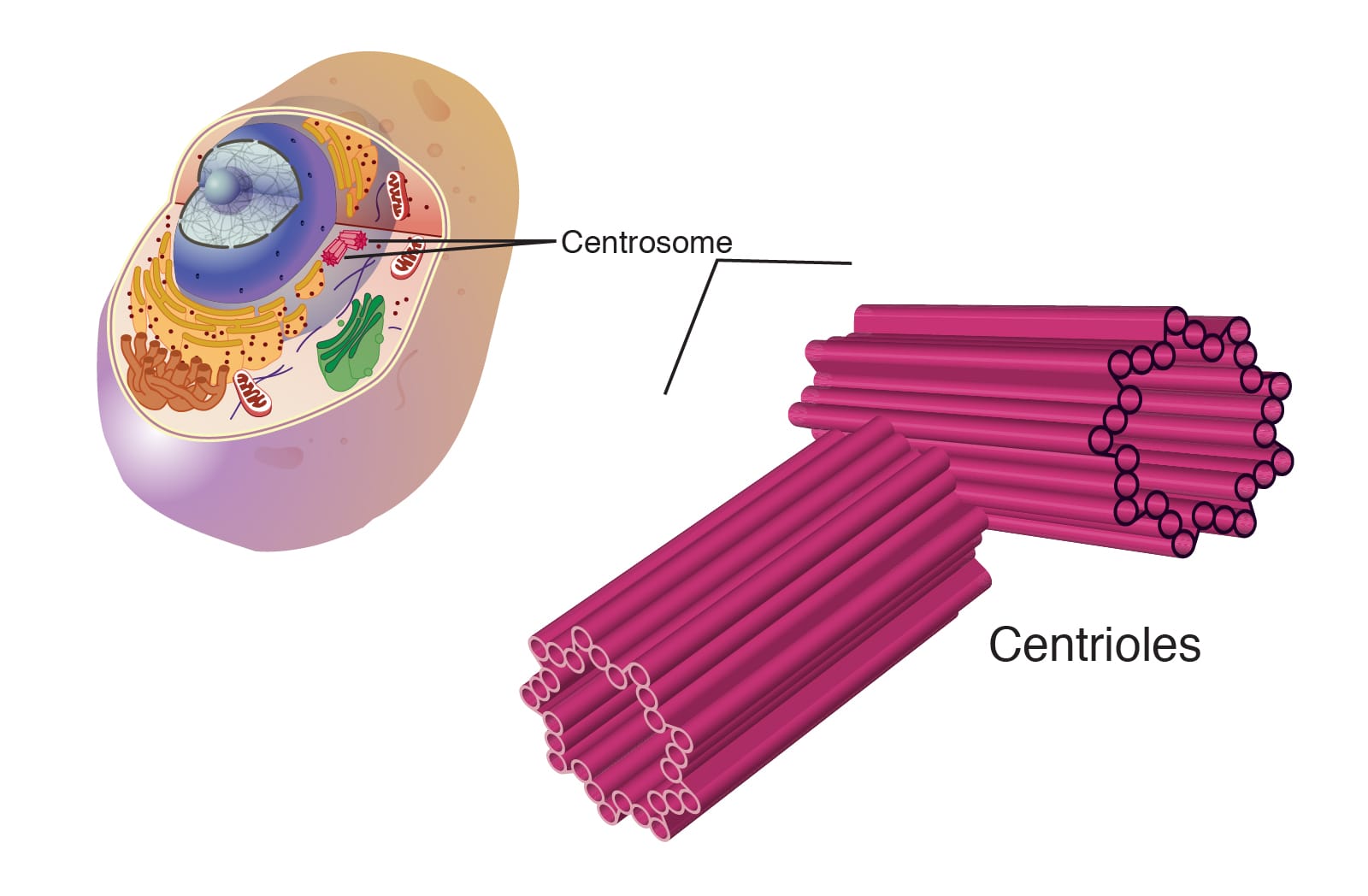MCQ ON CENTRIOLES class 11 for NEET | CENTRIOLES class 11 | MCQ CENTRIOLES with Answer | Check the below NCERT MCQ question for class 11 Biology based on the with Answers.

MCQ ON CENTRIOLES class 11 for NEET
MCQ on CENTRIOLES class 11 Biology with answers were prepared based on the latest pattern.We have provided class 11 Biology MCQs question with Answers to help students understand the concept very well.
MCQ ON CENTRIOLES is useful for NEET / CSIR / UGC / CBSE / ICSE / AIIMS / EXAM / AFMC EXAM / STATE LEVEL MEDICAL EXAM 2022-23 , 2023-24
INTRODUCTION:-
Centrioles are noticeable with both light and electron microscope.
The centrioles occur in nearly all animal cells and in motili plant cells , such as zoospores of algae, sperm cells of fern and motile algae.
They are absent in amoeba , prokaryotic cells, higher gymnosperms and all angiosperms.
The centrioles commonly occurs in pairs . A pair of centrioles is called a diplosome.
An interphase undividing cell has a pair of centrioles usually near the nucleus.
They lie in small mass of specialised , distinctly staining cytoplasm that lacks other cell organelles and is called centrosphere, or kinoplasm or cytocentrum .The centrioles and the centrosphere are together to as centrosome.
Before cell division , the centrioles duplicate so that a dividing cell has a pair of centrioles at each pole of the spindle.
MCQ ON CENTRIOLE S class 11 for NEET
1. The centrio are noticeable with
(a) light microscope
(b) electron microscopes
(c) both a and b
(d) compound microscope
Ans (c) both a and b
2. The centrioles occur in
(a) all animal cells
(b) motile plant cells
(c) sperm cells of ferns
(d) all the above
Ans. (d) all the above
3. Centrals are absent in
(a) amoeba
(b) prokaryotic cells
(c) higher gymnosperms
(d) all the above
Ans. (d) all the above
4. A pair of centrioles is called
(a) diplosome
(b) kinoplasm
(c) centrosphere
(d) centrosome
Ans.(a) diplosome
5. The centrioles and the centrosphere are together referred to as
(a) centrosome
(b) profilaments
(c) basal granules
(d) flagella
Ans.(a) centrosome
6. Each centriole is made of
(a) 9 microtubules
(b) 7 microtubules
(c) 6 microtubules
(d) all the above
Ans.(a) 9 microtubules
7. The microtubules of the centrioles are composed of
(a) tubulin
(b) some lipids
(c) ATPase enzyme
(d) All the above
Ans.(d) All the above
8. New centrioles are synthesize from their subunits
(a) alpha dimers
(b) beta dimers
(c) both a and b
(d) basal granules
Ans.(c) both a and b
9. They are called micro tubule organising centre
(a) centrioles
(b) mitochondria
(c) plastids
(d) ribosomes
Ans. (a) centrioles
10. They provide basal bodies which give rise to cilia and flagella
(a) basal granules
(b) centrioles
(c) mitochondria
(d) all the above
Ans. (b) centrioles
11. which of the spermatozoon give rise to the axial filament of the tail.
(a) mitochondria
(b) golgibody
(c) centrioles
(d) distal centrioles
Ans.(d) distal centrioles
12. Centrosome are present
(a) in plant cell only
(b) in animal cell
(c) in both plant and animal cells
(d) none of these
Ans . (b) in animal cell
13. Which help organize spindle fibres and astral rays during cell division.
(a) centrioles
(b) golgi body
(c) mitochondria
(d) ribosome
Ans.(a) centrioles
14. Which phase of cell has a pair of centrioles usually near the nucleus.
(a) interphase
(b) metaphase
(c) anaphase
(d) telophase
Ans. (a) interphase
15.Each microtubule in centrioles is triplet is about ……..wide.
(a) 250 A
(b) 300 A
(c) 200 A
(d) all the above
Ans.(a) 250 A
ALSO READ:-
● YOU CAN WATCH BIOLOGY SIR Youtube channel
16.Three microtubules of a triplet are often called
(a) centrosphere
(b) centrosome
(c) subtubules
(d) profilaments
Ans.(c) subtubules







Leave a Comment